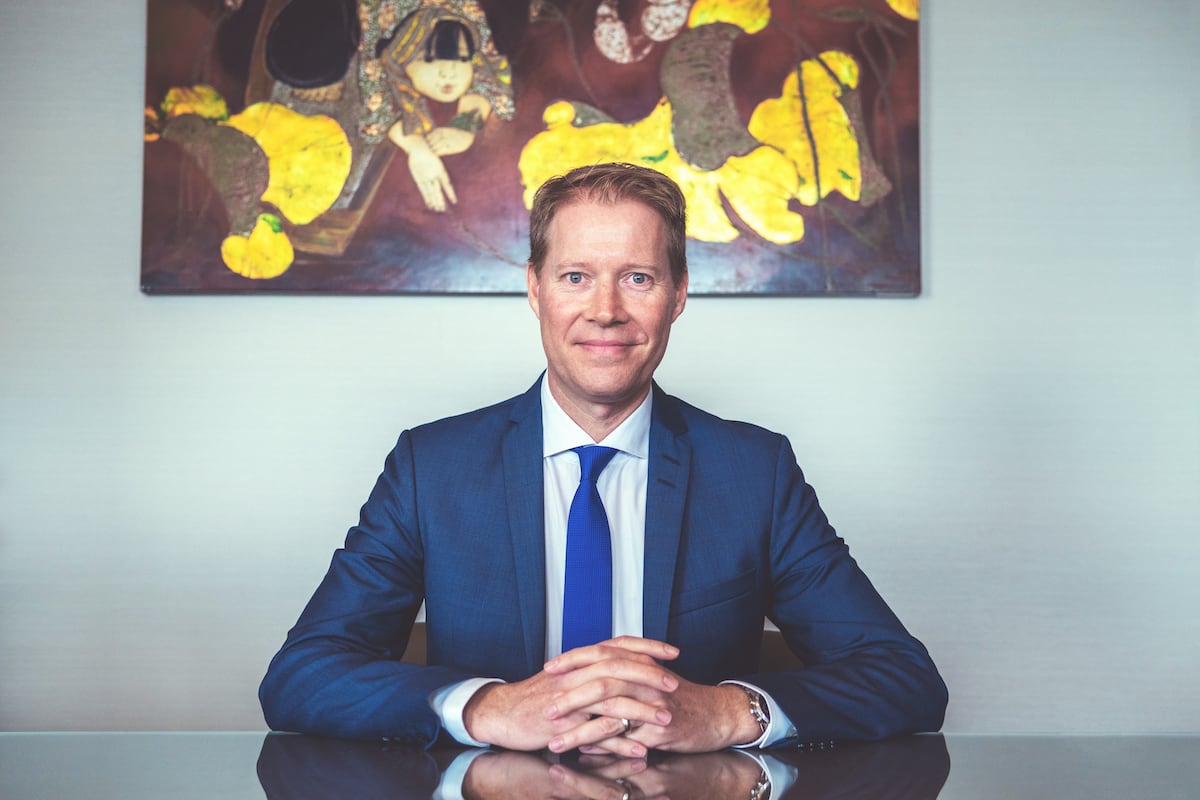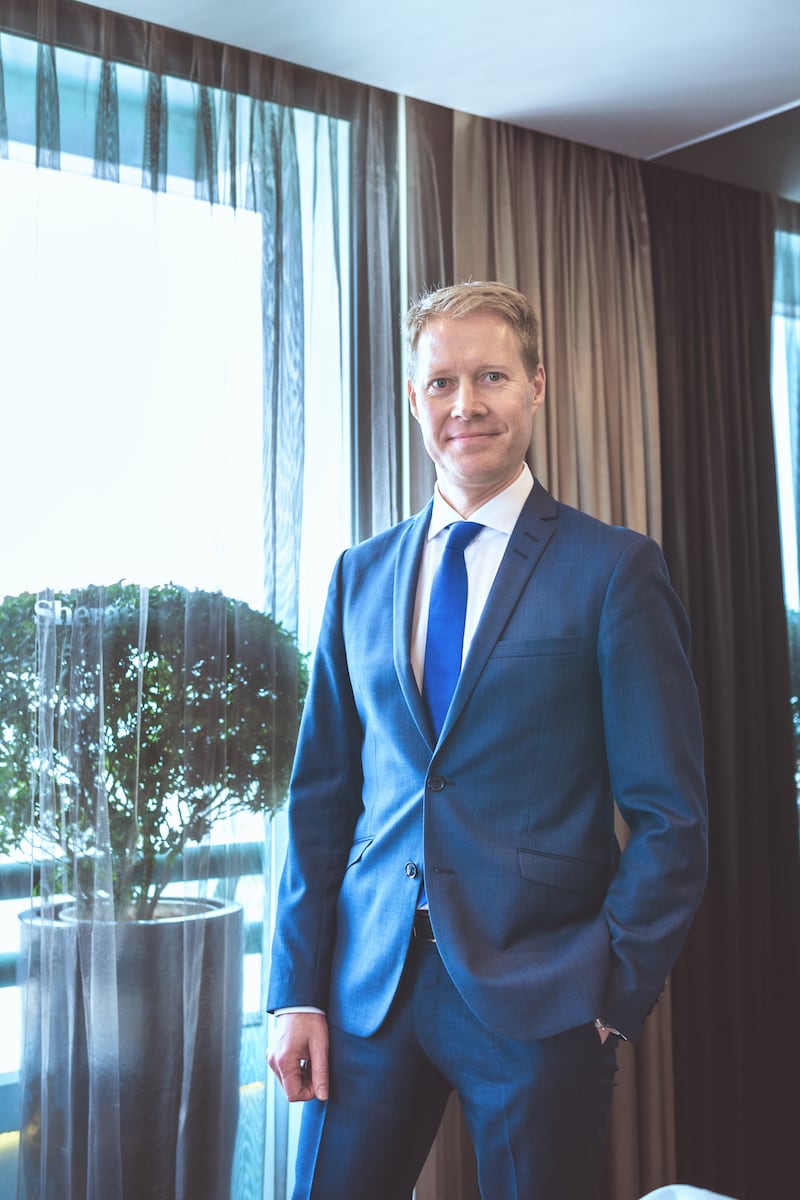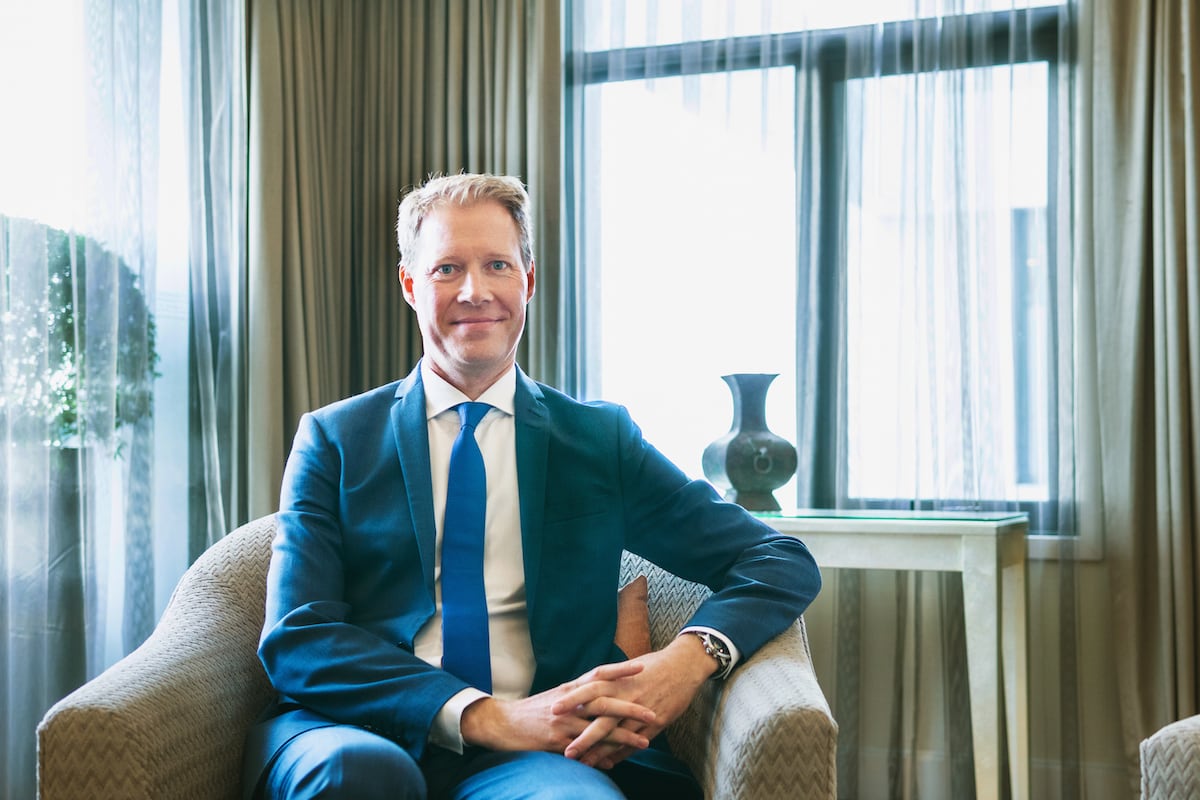As more Vietnamese travelers seek a higher international standard for their travel demands and as savvier hotel owners demand ever-higher returns on investments, global hotel brands are now becoming more mindful than ever of Vietnam’s booming potential. As 2020 nears, we explore the growth agenda of one of the industry’s most iconic brands – Marriott International. We find out how Jakob Helgen’s team at Marriott International accommodates this feel-good factor and why they are preparing for a growth spurt that will more than double their hotel count in the next few years.
Jakob, a veteran of the industry and of Marriott International where he has now served for 19 years in Asia Pacific, is the Area Vice President of Thailand, Vietnam, Cambodia, and Myanmar at Marriott International, shares with us his insights.

Why are some travelers choosing Vietnam over other Asian countries?
The fact that Vietnam has almost every kind of natural landscape in just one country allows diversity to grow in terms of culture, food, and activities found in those different landscapes. For instance, the sweater-weathers of Hanoi in the fall could make pho all the more tasty, while the sunny beaches of Nha Trang could make scuba-diving all the more fun. Beyond the wide range of choices Vietnam has to offer, its developing economy can afford tourists to stretch their money further and wider in terms of miles. With just under $100, one can easily travel from Saigon to Phu Quoc, or Da Nang to Da Lat, or Hanoi to Ha Long. As the increasing economic dependency on tourism incentivizes Vietnam to be more travel-friendly, the Vietnamese people also add to this easing up with their accommodating and welcoming nature.

What are your core responsibilities as Area Vice President of Thailand, Vietnam, Cambodia, and Myanmar at Marriott International?
As the Area Vice President, I need to ensure that all products that are delivered to owners, associates, and guests must be of high quality and is consistent between Thailand, Vietnam, Cambodia, and Myanmar. Our brand believes in providing a variety of products to our consumers ‘anywhere – anytime’ within the area. Beyond that, I also manage owners’ relations as well as concentrate on company growth and expansion. Many of our Vietnamese partners are quite savvy with the industry and have access to good information to inform their decisions. Our responsibility is to advise on the potential, maximizing rates and occupancies.

We’ve been told Marriott expects to double its hotel count in Vietnam within the next couple of years. Where will those openings be?
The current nine hotels are in key locations of Vietnam, namely: Ho Chi Minh City, Hanoi, Nha Trang, Danang and Phu Quoc under five brands. Within the next three to five years, we are growing our portfolio by 200%, with 18 hotels in the pipeline.
The new brands that will be introduced include: 1) Courtyard by Marriott 2) Fairfield by Marriott 3) Marriott Executive Apartment 4) Marriott Hotels & Resorts and 5) the Westin and also in new locations such as Binh Duong, Halong, and Cam Ranh.

Our growth in the Vietnam market will create enough opportunities for the growing number of travelers to experience our versatile products as well as our world-famous service standards.
What can we expect from the development of Vietnam hospitality over the next five years? How does it compare to the other markets in your portfolio of responsibility?
We can expect a lot of opportunities for hospitality growth in Vietnam in the next five years. As Vietnam’s tourism industry continues to rank amongst the fastest-growing tourist destinations in the world, we should see more hotel expansion. The growth of the hospitality sector will be driven by a number of key strategies and increased investment into tourism product development to leverage the existing strengths in the country’s existing tourism industry, as well as developing new areas.

As infrastructure investment continues apace and is matched by equally entrepreneurial private groups investing in the transport and hospitality sectors, Vietnam is likely to see a further opening up of destinations. Vietnamese culture, and food, in particular, have also been well promoted. The country quickly becomes a ‘foodie’ destination with a vastly improving food and beverage scene, from local driven beer gardens to hip coffee shops to almost weekly opening of a new gourmet restaurant. Golf is another area where Vietnam has seen growth in demand for the four Championship courses in Da Nang and Hoi An. An increase in marketing investment is also a key component to promote repeat visitation.
Overall, in comparison to a more matured market like Thailand, Vietnam is more about offering more choices to guests, with more brand and product diversification.

What’s missing in the Vietnam hotel market?
Rather than ‘missing’, this is more of an opportunity. With the recent rapid growth in international visitor arrivals, continued marketing efforts for government and private sector, improvements to infrastructure and further development of human resources and services in Vietnam, the outlook for tourism and hospitality business is optimistic.
What are some of the highlights and advantages of the Marriott Bonvoy loyalty program, for guests and for hotel owners?
The future of travel is becoming more experience oriented. Through our loyalty program, we offer programs like Bonvoy Moments where we introduce our guests to tailored experiences like football matches with iconic teams such as Manchester United and exclusive benefits and VIP access to concerts to meet artists like Maroon 5. So aside from the global network and normal redemption options for hotels, we are able to leverage our network to create new experiences for guests.

Aside from the guest side, we’re always thinking about how our loyalty program delivers unmatched value for our hotel partners. At the moment, American guests represent the largest share of travelers staying at Marriott properties in Vietnam with a concentration of guests in Hanoi and Ho Chi Minh City. We also see a tremendous growth of Korean, Chinese, and Vietnamese travelers staying with Marriott in Vietnam. Today, 80% of overall guests staying with us in Ho Chi Minh City come from the Bonvoy program with a leaning toward business travelers. Our resort locations count as many as 50% of their guests as Bonvoy members.
Can you share with us some initiatives that Marriott is developing?
Aside from our loyalty program, another trend to follow is ‘more sustainable travel‘ – travelers are more conscious towards the environment and therefore, they are likely to spend more of their vacation time with a more sustainable accommodation and activities. In turn, Marriott focuses on Serve360, which is the hotel’s social impact and sustainability platform. We also announced earlier this year to replace tiny, single-use toiletry bottles of shampoo, conditioner and bath gel in guest room showers with larger, pump-topped bottles. To date, the company has already rolled out larger bottles at about 1,000 properties in North America and now expects most of its other hotels to make the switch by December 2020. When fully implemented across the globe, Marriott International’s expanded toiletry program is expected to prevent about 500 million tiny bottles annually from going to landfills; that’s about 1.7 million pounds of plastic, a 30 percent annual reduction from current amenity plastic usage.

The third trend is in terms of technology, which plays a major role in the new travel trend, travel seamlessly – from the moment of hotel bookings through to the whole journey. While we are a 92-year old company, innovation has always been a part of the Marriott story. Today, when a guest books a hotel through our Marriott Bonvoy app receives an alert when his/her room is ready prompting mobile check-in that can be completed anywhere, anytime. He/she arrives at the hotel, skips the front desk and heads straight to his/her room with their mobile key. With the same app, he/she can search the nearby area, request a wake-up call if he/she will be out late and you can let him/her know when dry-cleaning is ready through mobile chat.
Related Content:
[Article] Quy Nhon And The Anantara Villas: Lush, Undiscovered, And Luxurious
[Article] Poulo Condor Boutique Resort & Spa: New Serenity On Con Dao’s Historic Beaches
